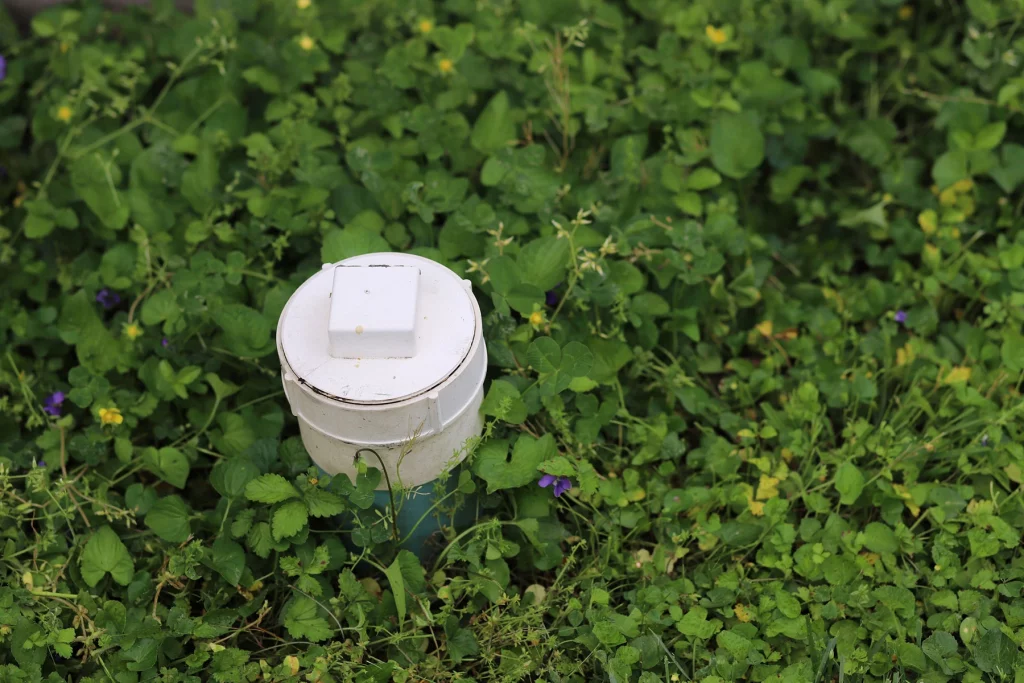Do you know where your sewer drain cleanout is?
You may have thought being on a sewer system is ‘no worries’ compared to a septic tank. Well, almost. The sewer drain cleanout still needs to be located and the area maintained to ensure easy access for a plumber in the event of a sewer blockage.
The drain cleanout is a pipe about three or four inches across that stands upright, through the surface soil, with a big cap on it. It’s the emergency access point for your plumber if the underground pipes get clogged, so this pipe end needs to be identified and kept clear of overgrowth.
To find it, walk around the front yard or the perimeter of your house, looking for a pipe with a cap that is sticking out of the ground. The cap is usually black or white and may have a square block on top to accommodate a big wrench. Because it may never have been used, It could be covered by bushes. Or it could be hidden inside a concrete box with a lid.
In colder areas, the cleanout pipe will be inside the house in a basement or utility closet.
A plumber can feed a metal fish tape from there into the main sewer pipe at your home to locate a blockage, and then trace the fish tape with a metal-detecting “sewer wand” even through a yard, or concrete patio, or even over an indoor slab foundation to know exactly where to dig. Let’s hope it’s not under the carpet.
To keep from getting blockages in your sewer drain pipes to begin with, make sure you have hair/lint traps in the sinks, tub and shower, don’t pour grease or food down the drain, and don’t wash off paint brushes and paint containers, putty, compound or cement in sinks, showers or tubs.
The biggest cause of stoppages are things that get flushed down the toilet, from whatever was in your toddlers hands to even tiny things like cotton balls and dental floss that are not going to break down naturally.
Flush the system once in a while with plain hot tap water to help push contents through the pipes, and use bacteria-based drain cleaners to break down accumulations of organic matter.
With appropriate care and routine maintenance, you probably won’t need a plumber very much. But if you do, know where the drain cleanout pipe is, so the repair can proceed quickly.

